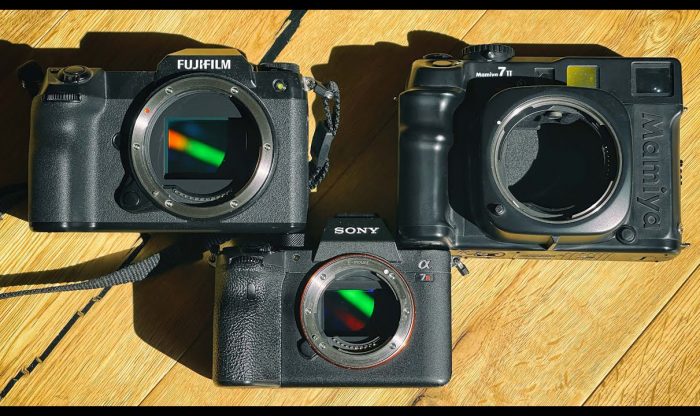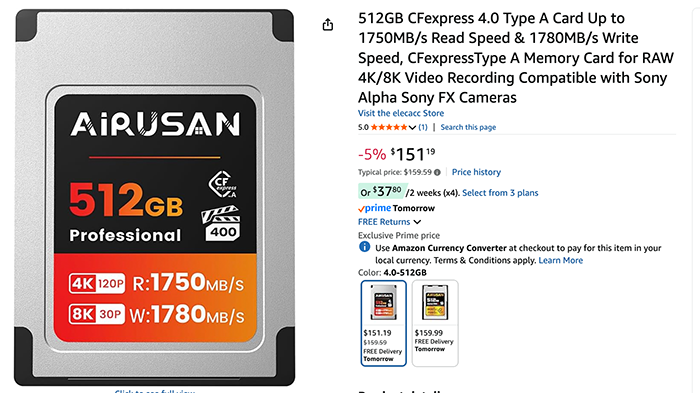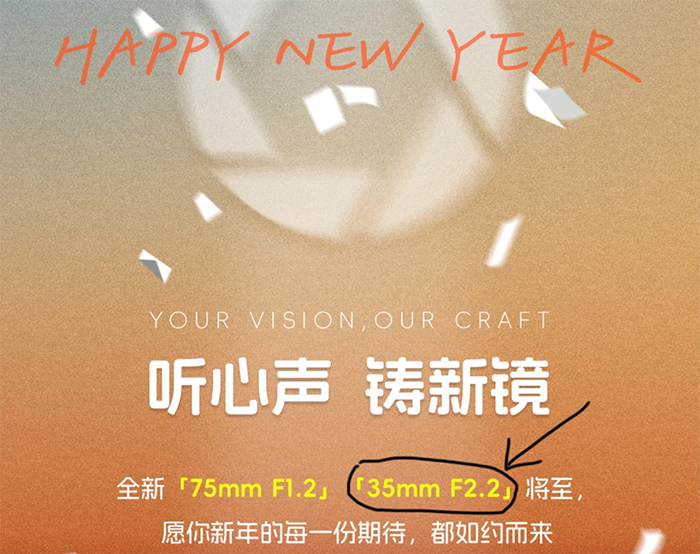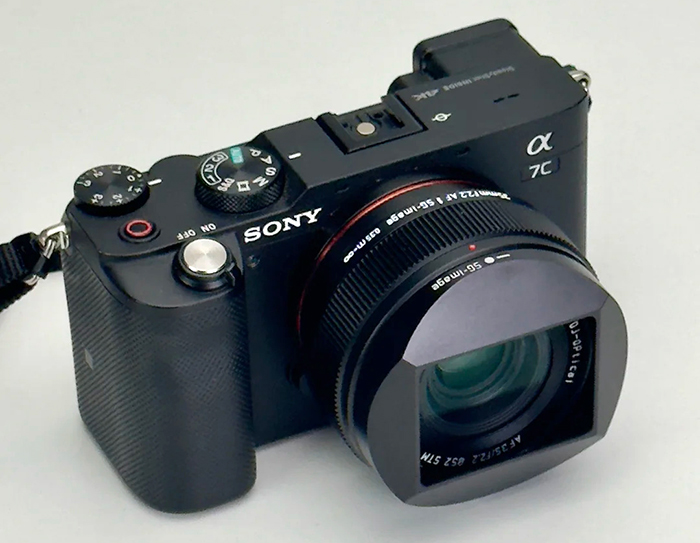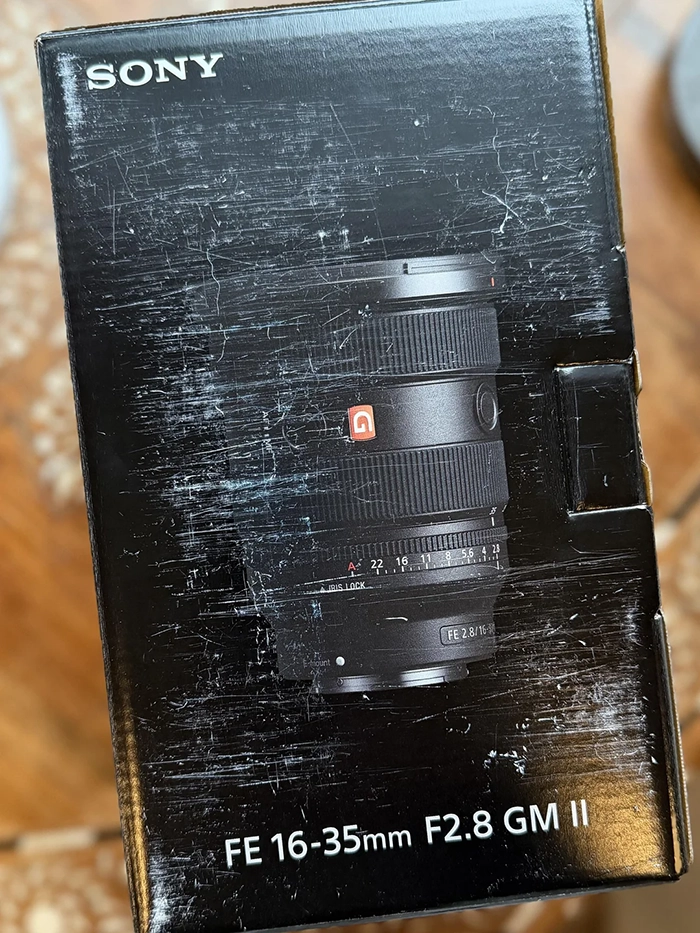Curiosity: Leica Returns to In-House Sensor Development, Hinting at a Shift from Sony

Leica’s chairman Dr. Andreas Kaufmann confirmed the company is once again developing its own image sensor. After using AMS sensors through the M10 and switching to Sony sensors for the M11 generation, Leica appears set to return to an in-house solution—a process that typically takes around five years and is reportedly already well underway.
